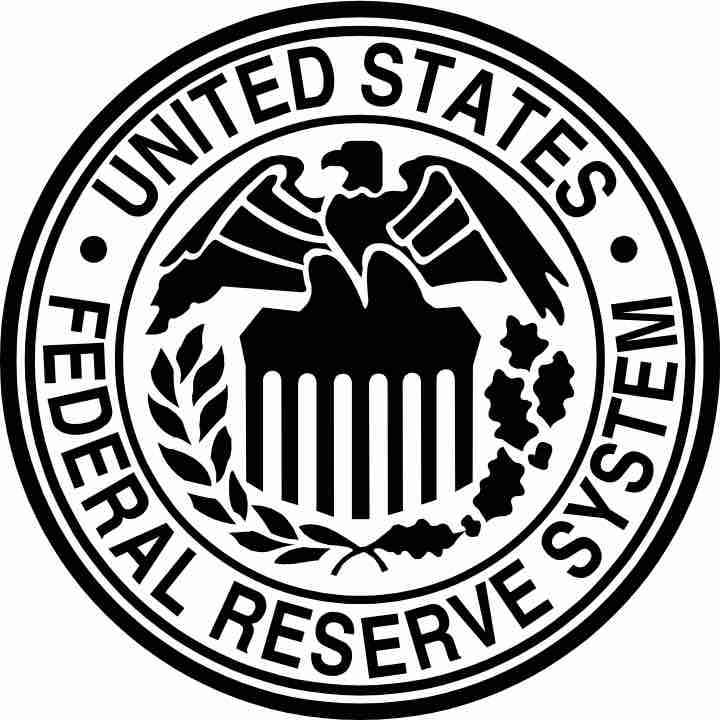Monetary policy is the process by which the monetary authority of a country controls the supply of money, often targeting a rate of interest for the purpose of promoting economic growth and stability. The official goals usually include relatively stable prices and low unemployment. Monetary theory provides insight into how to craft optimal monetary policy. It is referred to as either being expansionary or contractionary. An expansionary policy increases the total supply of money in the economy more rapidly than usual. A contractionary policy expands the money supply more slowly than usual or even shrinks it. Expansionary policy is traditionally used to try to combat unemployment in a recession by lowering interest rates in the hope that easy credit will entice businesses to expand. Contractionary policy is intended to slow inflation in hopes of avoiding the resulting distortions and deterioration of asset values.
Monetary policy differs from fiscal policy. Fiscal policy refers to taxation, government spending, and associated borrowing.
Monetary policy uses a variety of tools to influence outcomes like economic growth, inflation, exchange rates with other currencies and to control unemployment. When currency is under a monopoly of issuance or when there is a regulated system of issuing currency through banks which are tied to a central bank, the monetary authority has the ability to alter the money supply and therefore influence the interest rate (to achieve policy goals). The beginning of monetary policy was introduced in the late 19th century, where it was used to maintain the gold standard.
A policy is referred to as "contractionary" if it reduces the size of the money supply, increases the money supply slowly, or if it raises the interest rate. An expansionary policy increases the size of the money supply more rapidly or decreases the interest rate. Furthermore, monetary policies are described as "accommodative" if the interest rate set by the central monetary authority is intended to create economic growth. Policies are referred to as "neutral" if it is intended neither to create growth nor combat inflation. Policies are called "tight" if they are intended to reduce inflation.
There are several monetary policy tools available to achieve these ends including increasing interest rates by fiat, reducing the monetary base, and increasing reserve requirements. All of the tools have the effect of contracting the money supply and, if reversed, expanding the money supply. Since the 1970's, monetary policy has generally been formed separately from fiscal policy. Even prior to the 1970's, the Bretton Woods system still ensured that most nations would form the two policies separately.
Within most modern nations, special institutions (such as the Federal Reserve System in the United States, the Bank of England, the European Central Bank, the People's Bank of China, the Reserve bank of India, and the Bank of Japan) exist which have the task of executing the monetary policy, often independently of the executive. In general, these institutions are called central banks and usually have other responsibilities such as supervising the smooth operation of the financial system .

Federal Reserve System
The Federal Reserve System acts as the central mechanism for federal intervention in the U.S. economy.
The primary tool of monetary policy is open market operations. This entails managing the quantity of money in circulation through the buying and selling of various financial instruments, such as treasury bills, company bonds, or foreign currencies. All of these purchases or sales result in more or less base currency entering or leaving market circulation.
Usually, the short term goal of open market operations is to achieve a specific short term interest rate target. In other instances, monetary policy might entail the targeting of a specific exchange rate relative to some foreign currency or gold. For example, in the case of the United States, the Federal Reserve targets the federal funds rate, which is the rate at which member banks lend to one another overnight. However, the monetary policy of China is to target the exchange rate between the Chinese renminbi and a basket of foreign currencies.
The other primary means of conducting monetary policy include: (i) Discount window lending (lender of last resort); (ii) Fractional deposit lending (changes in the reserve requirement); (iii) Moral suasion (cajoling certain market players to achieve specified outcomes); (iv) "Open mouth operations" (talking monetary policy with the market).